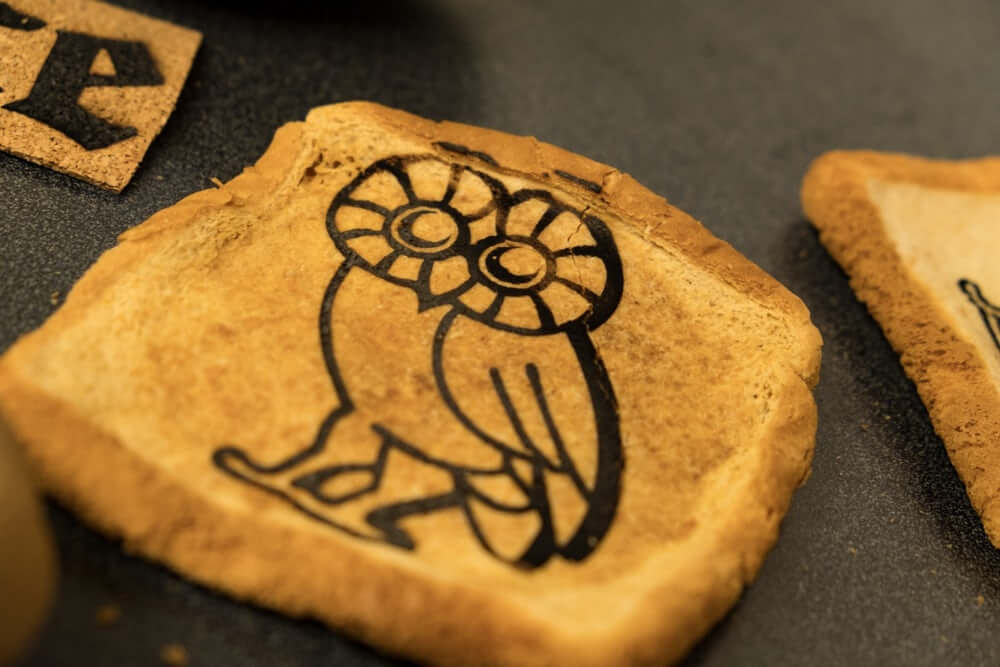
Graphene is an extremely thin and durable structure, consisting of the words of carbon atoms. In addition, graphene is an excellent conductor of heat and electricity and has antibacterial properties. In recent times we often post news about what new areas of science and our lives can be applied to graphene, however, the staff of the Laboratory of James Tour of rice University has definitely managed to impress all your colleagues. They demonstrated the technology of applying edible graphene RFID tags on food products.
RFID (Radio Frequency Identification “radio frequency identification”, eng.) is a method of automatic identification of objects by radio signals which are read from or written to the data stored in the so-called transponders or RFID-tags. Scientists from rice University have managed to create a new material called LIG (Laser-Induced Graphene). As its name implies, this method involves the use of laser to heat the surface of the material and thereby create a flaky, foamy shapes of graphene. Initially the experiments were carried out with the material polymid, but later researchers were able to implement the process on a wood surface.

Now, scientists have been able to apply this technology for the application of graphene on a range of materials. Through experiments, they found that the best results are provided when the defocusing of the laser and assuming that it makes several passes over the surface of the material. The first pass of the laser fototermica converts the surface into amorphous carbon, and then on subsequent passes the selective absorption of infrared light, which transforms the amorphous carbon in LIG.

Along with materials such as cardboard, paper, fabric, cork and coal, scientists have managed to cause graphene drawings on the surface of foods: bread, potatoes and even coconuts. The key to successfully obtaining graphene on the surface of these products, as scientists believe, is polymer lignin. It allows withered wood to be transformed into graphene. Approximately the same happens with food. Printed on products labels are perfect conductors, allowing them to be used as RFID tags.

Such labels may contain shelf life of the product, country and exact place of its origin and much other valuable information. It does not need to be pasted on the product some stickers, because all information will be printed on it with edible graphene. Given that graphene can be applied not only on food but also on the fabric, it is possible that in the future will be actively used wearable graphene sensors or even heating system based on graphene conductors of heat. The research results were published in the journal ACS Nano.
This and many other news you can discuss with other readers on the official Telegram channel of our website.
RFID tags can be applied to food by using edible graphene
Sergey Grey